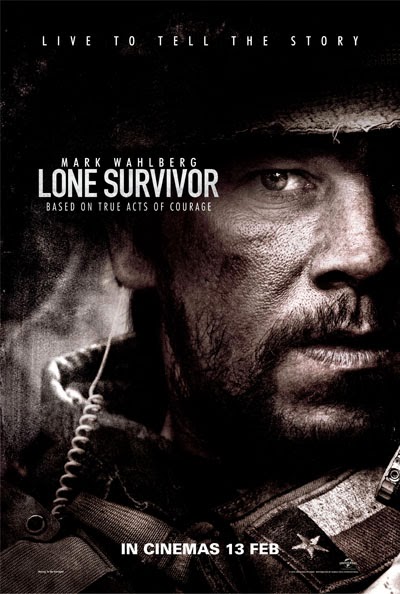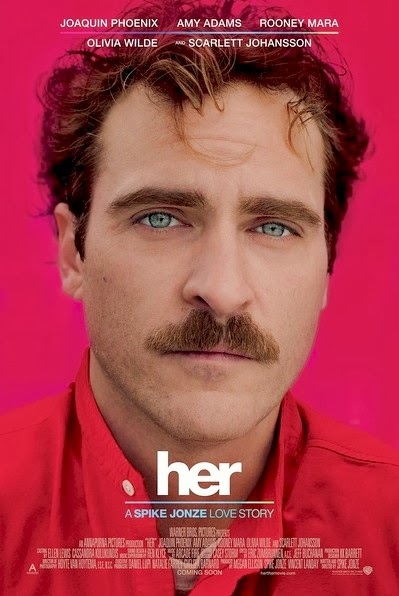It is pretty obvious that movies have desensitized us to violence in a lot of ways. Action movies are filled with explosions and guns that average 1,000 shots before they actually hit a target. But Lone Survivor proves that the ferocity of warfare still has an impact. The film tells the brutal true story of four Navy SEALS attempting to survive a fire fight with the Taliban after they are discovered by a group of goat herders in Afghanistan. As the film’s title suggests, the viewer knows the mission isn’t a success and that most of the characters don’t make it out. But that does little to soften the blow.
Director Peter Berg has a strict eye for realism in the film. The real life survivor of the events shown in the film, Marcus Lutrell, played a big part consulting on the project. He also wrote the book that was the inspiration for the film. Mark Wahlberg plays Lutrell, who gives a strong performance. He is even able to infuse some comedy into the tough as nails plot in a way that only Wahlberg could. Taylor Kitsch, Emile Hirsch and Ben Foster play the other leads in equally as impressive fashion.
Wahlberg is featured prominently in the advertising as the most famous of the bunch and title character, but for the first two-thirds of the film, the cast are equal in their screen time. It seems petty to talk about the script and pacing when the message of the film is so intense, and ultimately heartbreaking, but both are strong. It’s easy to forget that countless servicemen and women have risked so much like the individuals in Lone Survivor did. And that’s why the film is so important. It should be remembered as one of the best military films of all time. Its story comes first. The film is shot beautifully, but that won’t be remembered in the face of the true story.
Each film earns either zero, a half or a full arrow in five categories. The categories are Acting, Writing/Directing, Emotion, Innovation and Overall Impression. The arrows are added up to equal the full score.











